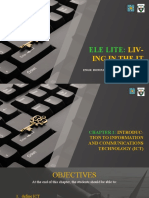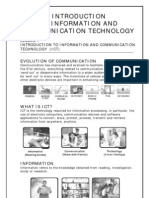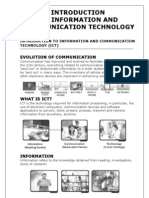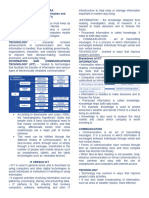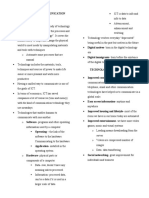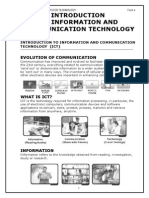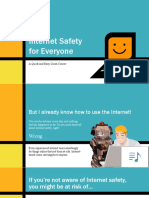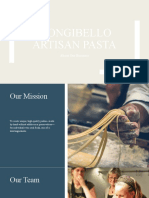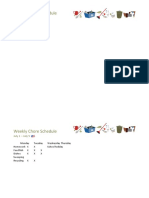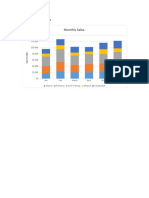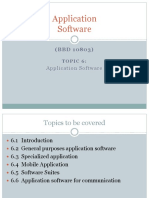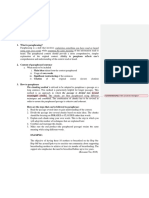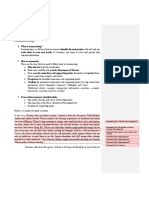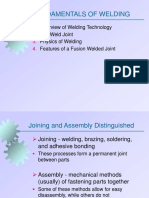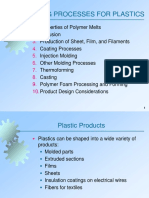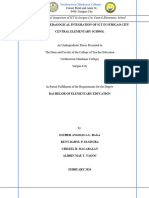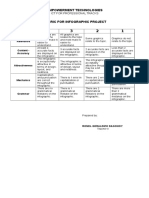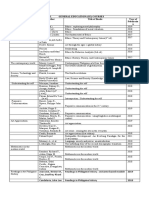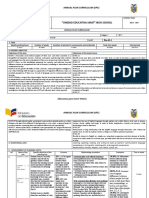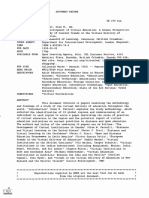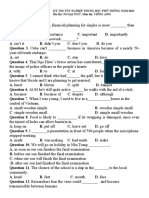0% found this document useful (0 votes)
68 views59 pagesTopic 1 Introductionto ICT
The document discusses topics related to information and communication technology (ICT) in education, including the evolution of computers and digital media, uses of ICT in daily life, 21st century skills, computing in the digital age, and Malaysia's Multimedia Super Corridor and Digital Malaysia initiatives.
Uploaded by
Fattihi EkhmalCopyright
© © All Rights Reserved
We take content rights seriously. If you suspect this is your content, claim it here.
Available Formats
Download as PDF, TXT or read online on Scribd
0% found this document useful (0 votes)
68 views59 pagesTopic 1 Introductionto ICT
The document discusses topics related to information and communication technology (ICT) in education, including the evolution of computers and digital media, uses of ICT in daily life, 21st century skills, computing in the digital age, and Malaysia's Multimedia Super Corridor and Digital Malaysia initiatives.
Uploaded by
Fattihi EkhmalCopyright
© © All Rights Reserved
We take content rights seriously. If you suspect this is your content, claim it here.
Available Formats
Download as PDF, TXT or read online on Scribd
/ 59

